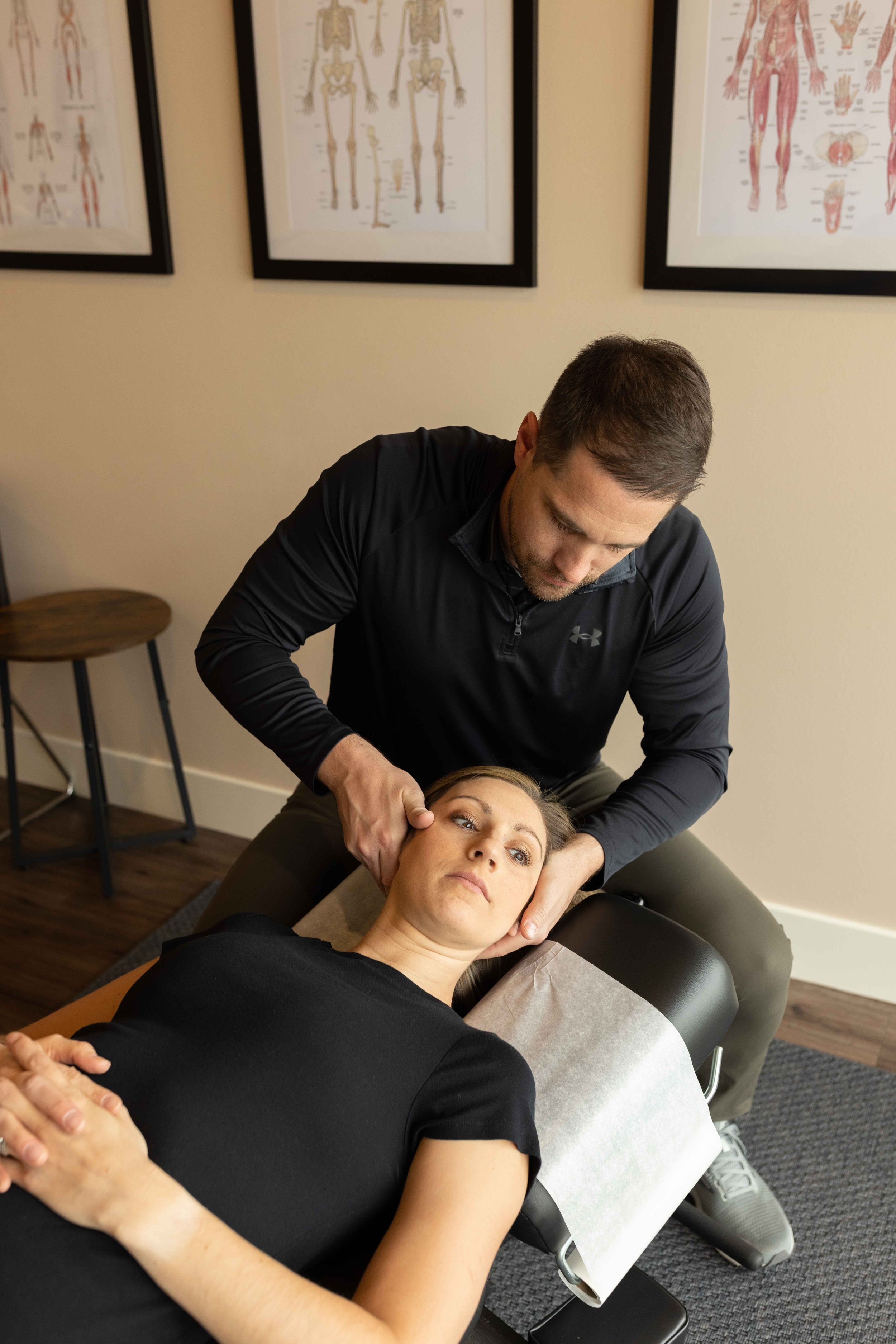
Treatments For Pain And Performance
Chiropractic Care
The most effective treatment for restricted joints is a chiropractic adjustment (also known as manipulation or mobilization).
Chiropractic adjustments are commonly thought to only be used to treat back pain, however, they may be utilized on any joint in the body. Improper joint movement can reduce the effectiveness of the body's total mobility, resulting in pain and/or tissue injury.
Chiropractic adjustments restore motion to restricted joints and normalize overall body movement in a safe and effective manner.
Adjustments also put the body in a comfortable position to enable the necessary movement while simultaneously applying a fast, precise force to the joint. Overall chiropractic adjustments are very successful at relieving pain and improving athletic performance.
Sports Rehab
Sports rehab combines rehabilitation exercises, ergonomic advice, and soft tissue therapy to treat sports injuries, increase performance, and improve quality of life.
Our patients, whether an athlete or not, will be given a corrective exercise prescription as part of their treatment plan.
During the initial phase of care, therapeutic exercises are given based on the injury diagnosis.
Once the pain starts to subside, exercises are prescribed to improve the patient’s functional movement assessment, sport, work demands, or activities of daily living.
Dry Needling
Dry needling is a treatment performed by a thin monofilament needle penetrating the skin and treating underlying muscular trigger points for the management of myofascial pain.
Sometimes pain is coming from spots of damaged tissue in the muscles called trigger points. Dry needling is the best way to eliminate trigger points and helps other therapies to be more effective.
If pain is coming from the muscles, then dry needling is the best way to resolve it.
Injury Prevention
After pain relief has been achieved the job is not done. How the body moves and functions will determine if injury or pain will return.
Functional movement assessments help determine if a person has dysfunction with stability or mobility that could lead to problems returning.
An injury prevention plan takes the information from the functional movement assessments and creates a program that includes continued in office care as needed and home care exercises to address the dysfunction.





